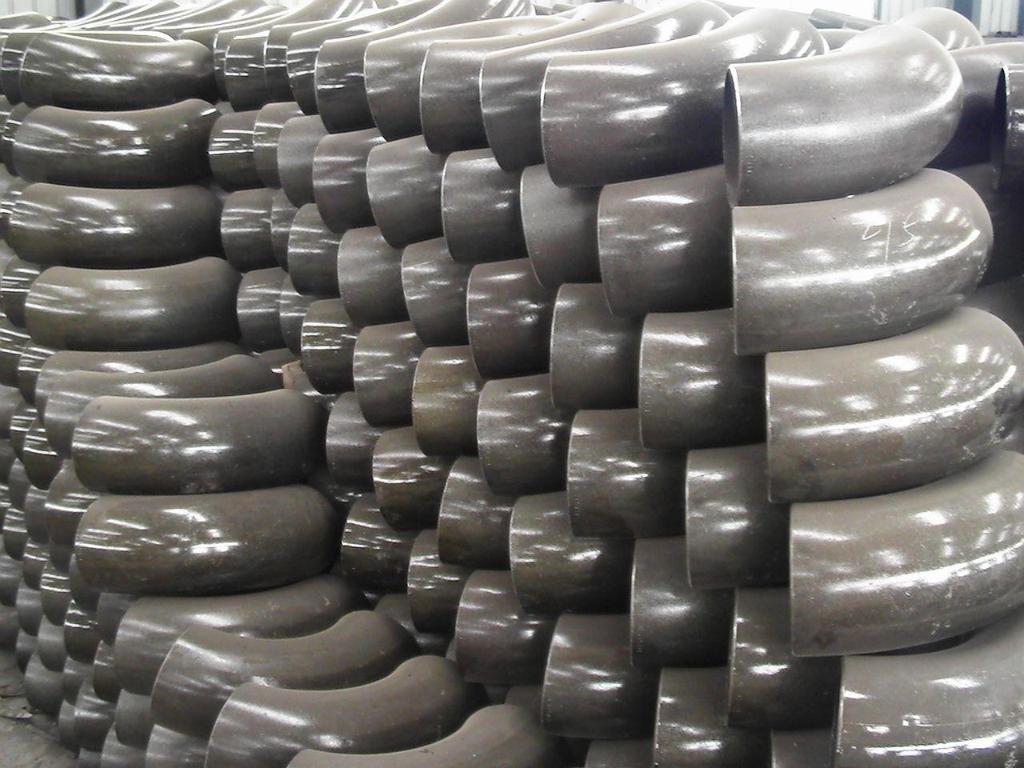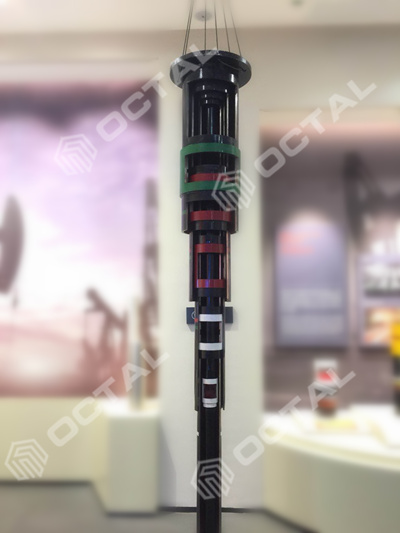Galvanized steel pipe is a steel pipeline that has actually been covered with zinc. This layer protects the steel from corrosion. It is most typically made use of for exterior building like fences and handrails, or for some interior pipes. It is also occasionally called galvanized iron pipe.
What are the benefits and also disadvantages of Galvanized Pipeline?
pros:
1) Rust defense
By supplying an added layer the rust must experience if it becomes contaminated. Corrosion can be conveniently caused by the iron in steel responding with oxygen and also water which will lead to the item weakening. With zinc layer, it is harder for these aspects to create such a response.
2) Reduced rate
The galvanization process normally costs less than various other popular approaches of shielding pipeline. This is due to the fact that the various other approaches are frequently labor intensive and also Galvanization requires less hands-on labor.At the exact same time, galvanized steel Check over here pipeline has a long life. can last more than half a century in several backwoods, and also greater than 25 years in severely revealed city and also seaside environments.Therefor, less upkeep prices is required.
3) Easy Examination

The assessment procedure for galvanized pipeline is basic and also straightforward. Galvanized coatings can be analyzed by eye, and also their density can be evaluated with straightforward, non-destructive techniques.
cons:
1) Interior Corrosion
Although the zinc obstacle in galvanized pipes does prevent rusting for a certain amount of time, it ultimately after a long period of time. When this happens, pipelines start to corrode from the within out, which can at some point result in a leak or a damaged pipeline.
2) Water Contamination
When galvanized pipes begin to wear away, the rust products as well as lead from revealed steel can leak right into your water system. When this occurs, those minerals begin to form a plaque that coats the inside of your pipes. In time, that plaque starts to limit your residence's water flow.Then water can even change its shade.



